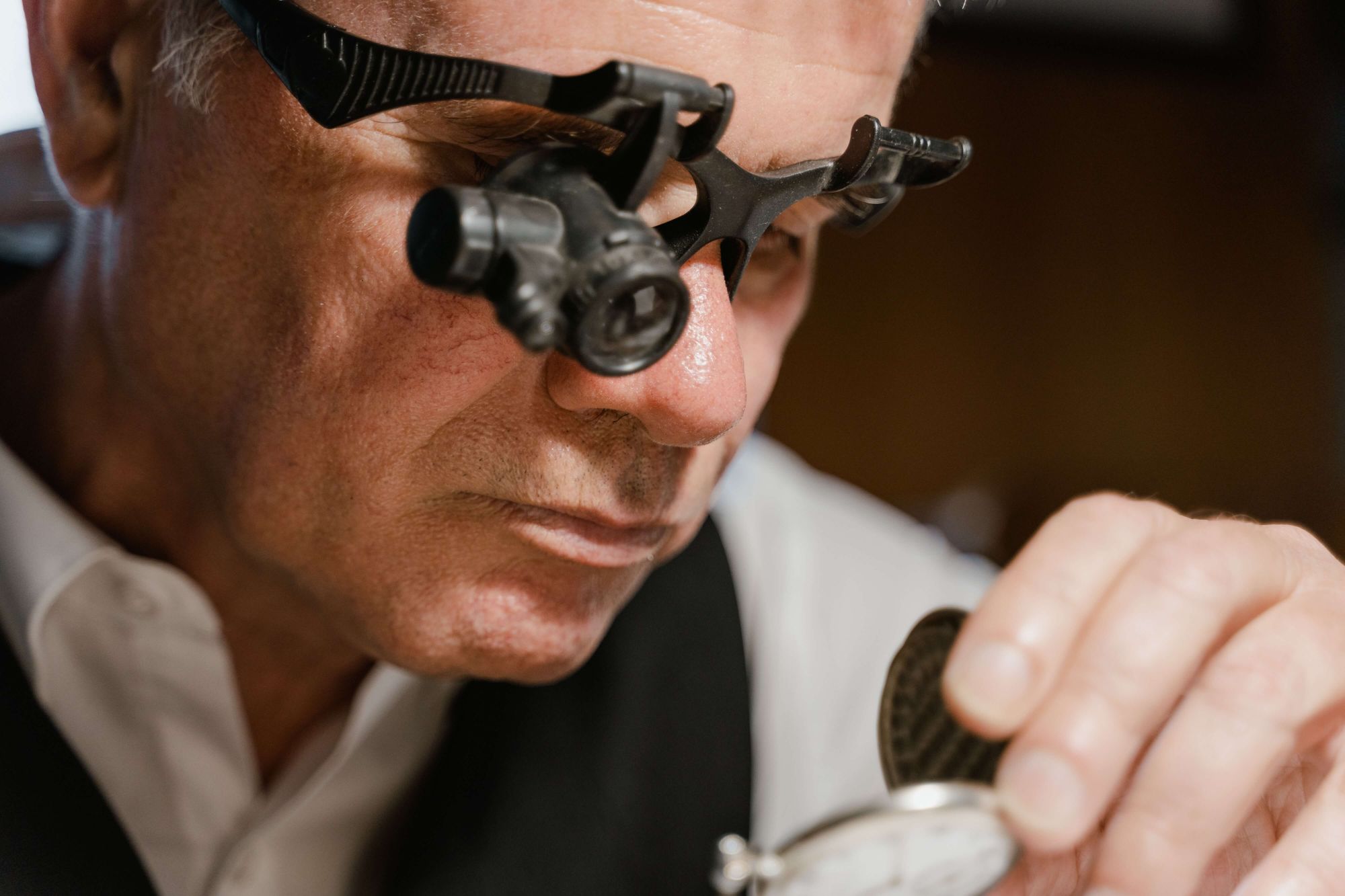For over a decade now, the tenure of the CMO has remained the shortest among C-Suite members. While many blame the CMO for not being agile enough to adapt to business changes and pigeon-holing themselves into brand and promotion roles, CMOs have blamed CEOs for not having enough trust in them to get the critical client-focused jobs done. The pandemic provided a rare opportunity for CEOs and CMOs to build trust and shape the future course of business.
CMOs who were able to do this, benefited by continuing in their respective roles, investing their budgets in initiatives that had a tangible business impact, and staying client-focused. CEOs who experienced this found an ally who could direct teams towards spending their time in meaningful pursuits - creating products and services that mattered to clients, improving internal processes and using technology to go to market faster and better, and creating avenues for clients and stakeholders to experience the brand.
2023 is here, and CEOs and CMOs need to reconsider their priorities and focus on the value they can both bring to a business. Below are a few suggestions to consider that can also bridge the trust deficit while delivering outcomes.

What do you really want from each other?
One of the largest reasons for CMOs churning globally is poor job design. The Harvard Business Review in its July-August 2017 issue adds that there is no clear/standardized role definition for a CMO position and there are vast differences in CMO responsibilities, skills, and qualifications. So a good starting point for CEOs is to list what they want the CMO to do and build the job description based on that.
Typically, most CMOs and seasoned marketers tend to have one of the three types of experiences listed below. Matching expectations with these experiences can be a starting point for identifying the right candidate and building trust.
Peacetime operations
These professionals typically are process-oriented and work in relatively routine areas such as brand management, pursuits, sales enablement, CRM management, and make for excellent hires when the business is growing organically and internal synergies need to be managed.
Wartime operations
These professionals are typically transformation-oriented and work well in turning around existing setups and making strategic decisions on how business needs to be conducted. Their suggestions usually have a direct impact on the client and how the brand is perceived.
Statesmen-style operations
These professionals typically have both peacetime and wartime operations experience and can work well in situations requiring consensus and extensive change management.
CEO experiences need not be very different, so CMOs must make an effort to understand what kind of CEO they are interviewing for and what part of the CEO agenda they can realistically fulfill. Deliberate on the fitment in the role and the actual scope of work and authority you will have. What decisions can the CMO take without consultation? Who are the key stakeholders they would closely work with and why? What actions may be perceived as overstepping your boundaries?
Less is more
The average C Suite job description tends to be two pages long. I am certain the average C Suite resume is also that long. Couched in the description are 3-4 priority areas, while the other tasks may still need to be done. The only way to measure roster lists is by how many items you have completed, irrespective of the quality of completion or the value it added. That is why most CMOs feel they have done a lot of work, while most CEOs find them wanting.
A simple way to resolve this is to ask for 3 parameters on which one can be evaluated. Often, we use a basket of KPIs in the hope that poor performance in some areas is compensated for by above-average performance in other areas. While this may work for investments, it usually does not for CMO-CEO relations, where each leader should serve a specific purpose in growing the business. If you want each other to drive revenues, then identify KPIs that specifically measure that aspect. For customer experience, the evaluation parameters will be very different.

Ditch relay, opt for the trek
Most CMOs think of their role as one of the runners in a relay race, who passes the baton to someone else, with the CEO eventually crossing the finish line and basking in the glory. This implicit dependence on other C-Suite professionals, and relatively piece-meal contribution to key initiatives, means CMOs can often be perceived as cogs in the wheel and not leaders who can drive business.
Instead, CMOs must re-imagine their role as one of the leaders in a trekking expedition that is scouting for new routes (or new ways to trek the old path) to reach the destination in good shape. This way the C Suite will see the CMO as taking the onus for discovering new ways to do business and optimizing existing go-to-market practices. Initial success in doing this will build trust and allow the CMO to control a larger portfolio of work and eventually secure larger mandates and budgets. CMOs on their part need to be comfortable getting off their high horses and trudging along on the path unknown with limited funding.
Just like the CEO-CFO relationship is key for investor confidence, the CEO-CMO relationship is necessary for business and reputational confidence. If that confidence today comes from other sources, CEOs and CMOs both need to introspect.
Views expressed are personal.
Do you have any tips for building a great working relationship with your CEO? Need advice on finding the right one to work with? Join the conversation with a global network of CMOs and marketing leaders on the CMO Alliance Community Slack Channel.




 Follow us on LinkedIn
Follow us on LinkedIn




